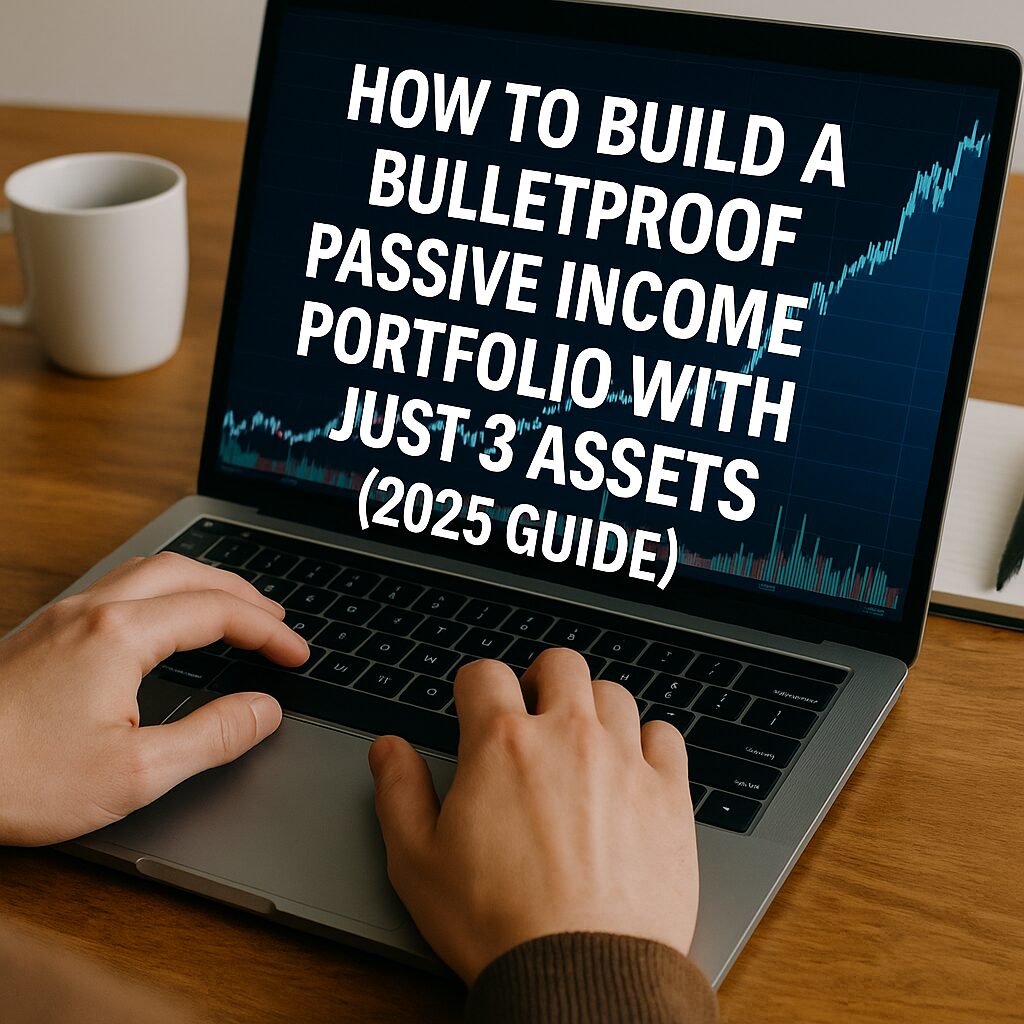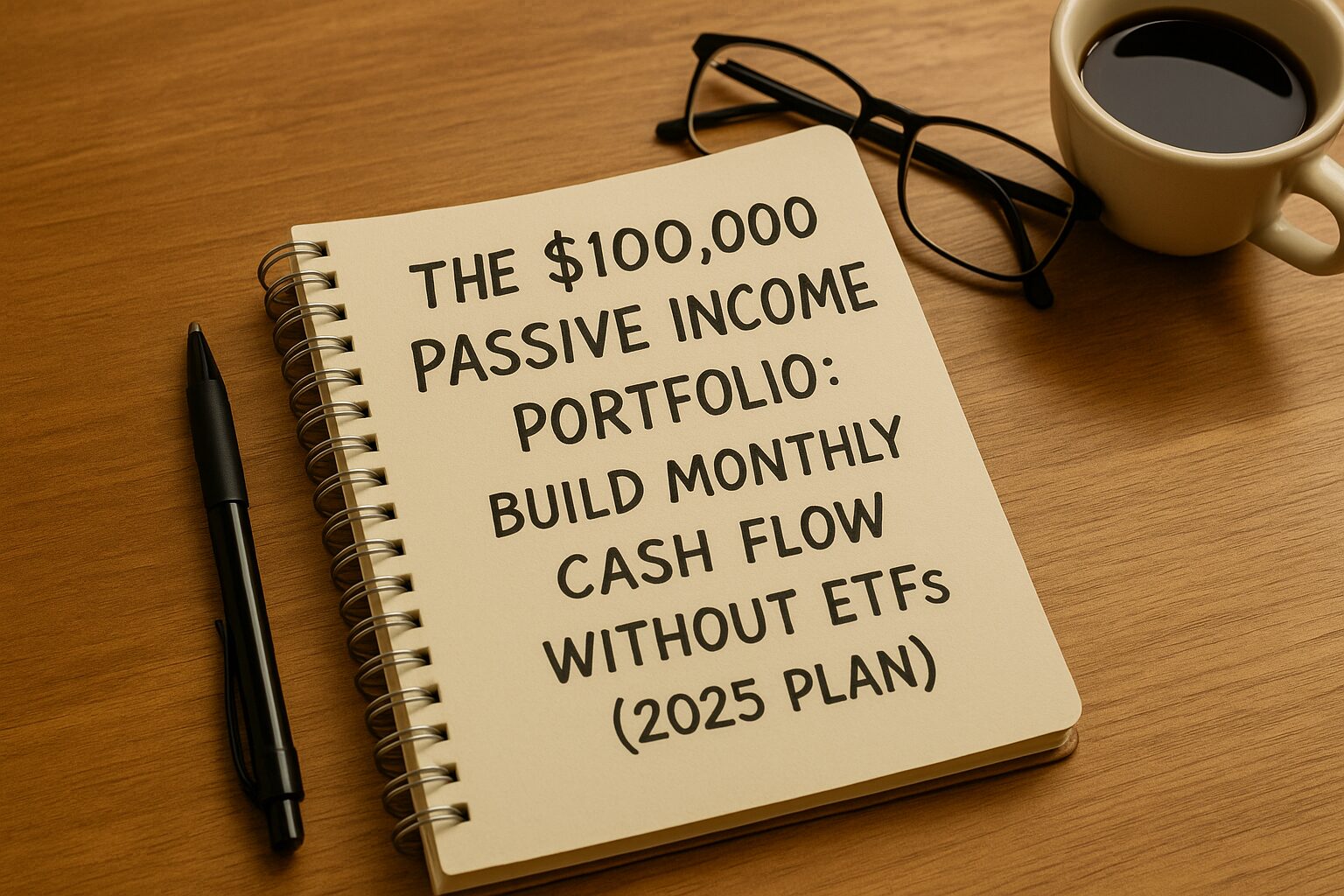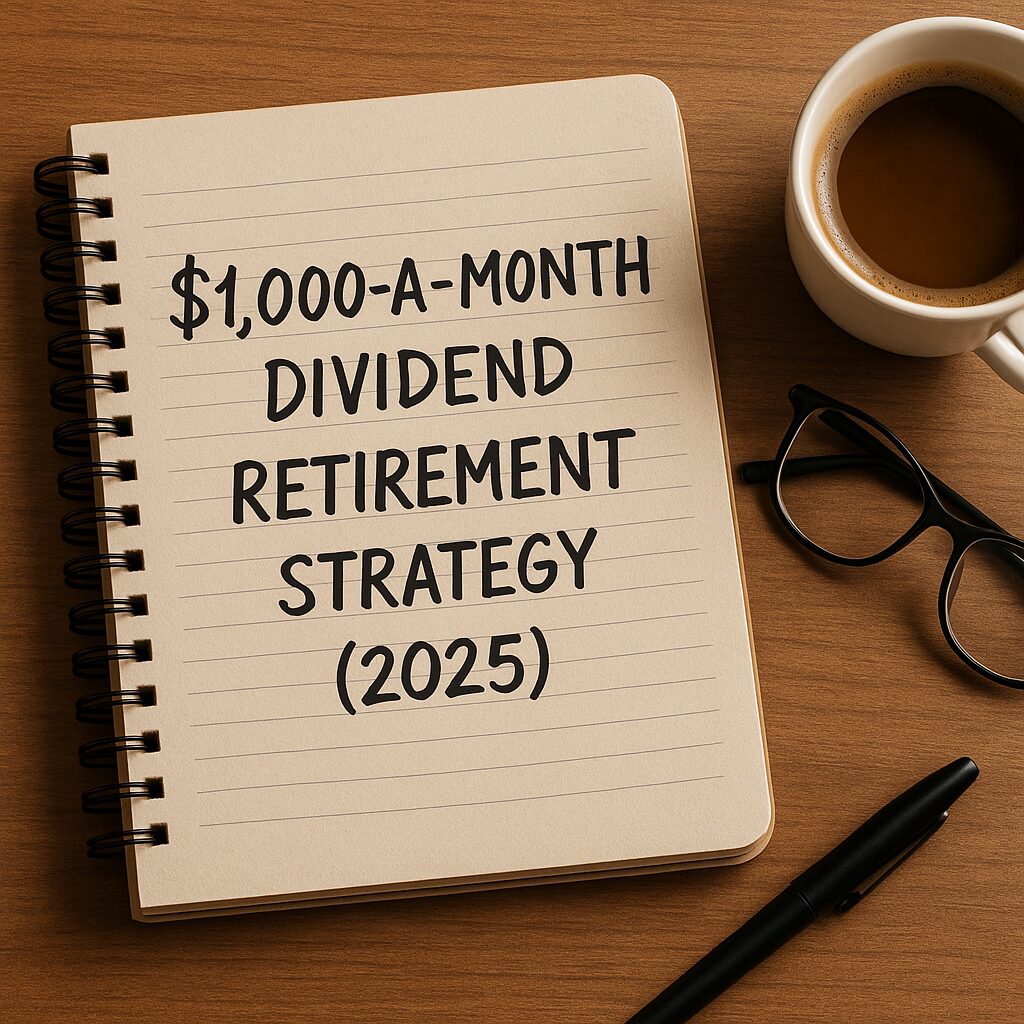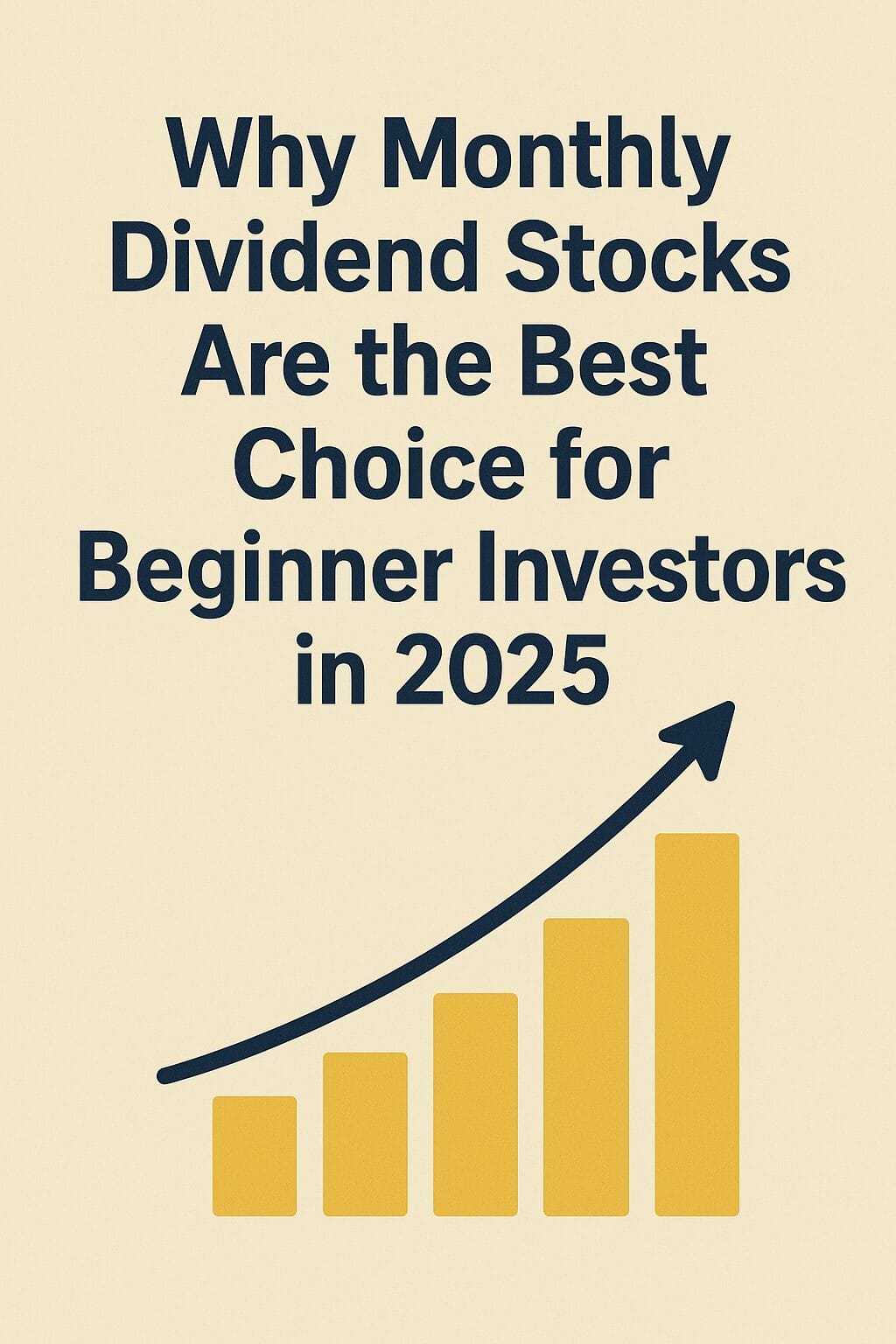Why Global Diversification Is the Key to Consistent Dividend Income
Most investors stick to their home country when building a dividend portfolio. But if you’re an expat or a digital nomad—or simply someone who wants reliable income across currencies and economies—global diversification isn’t optional. It’s essential.
Relying on a single country exposes you to economic cycles, tax regimes, and currency risks. By spreading your dividend exposure across global ETFs, you unlock consistent monthly income that isn’t tied to any one government, market, or political event.
Let’s break down how to build this powerful, hands-free income machine.
What Is a Globally Diversified Dividend ETF Portfolio?
A globally diversified dividend ETF portfolio consists of exchange-traded funds that invest in high-yield companies across multiple countries and regions. These ETFs often include companies with long histories of paying and growing dividends—giving you stability, growth, and diversification all in one.
Instead of picking individual stocks in foreign markets, global dividend ETFs offer easy access to quality income streams across the U.S., Europe, Asia-Pacific, and emerging markets. Some pay monthly; others quarterly. Combined, they can deliver consistent monthly cash flow.
Core Regions to Include for True Global Coverage
To truly diversify, your portfolio should span at least four key regions:
1. United States
Home to some of the most stable dividend payers (think Johnson & Johnson, Coca-Cola, Realty Income), U.S.-based ETFs offer liquidity, reliability, and often monthly payouts.
Top Picks:
- SCHD (Schwab U.S. Dividend Equity ETF)
- VYM (Vanguard High Dividend Yield ETF)
- JEPI (JPMorgan Equity Premium Income ETF)
2. Europe
European companies tend to pay higher dividends relative to earnings. Countries like the UK, Germany, and Switzerland host dividend aristocrats with lower valuation multiples.
Top Picks:
- IDV (iShares International Select Dividend ETF)
- EUDV (WisdomTree Europe Quality Dividend Growth ETF)
3. Asia-Pacific
This region offers higher growth potential and attractive dividend yields, particularly in sectors like banking, real estate, and telecom.
Top Picks:
- DVYA (iShares Asia/Pacific Dividend ETF)
- VAP (Vanguard Australian Property ETF)
4. Emerging Markets
Though more volatile, they add yield and growth potential. Use a small allocation (10–15%) for diversification.
Top Picks:
- DEM (WisdomTree Emerging Markets High Dividend Fund)
- FEM (First Trust Emerging Markets AlphaDEX Fund)
Choosing the Right Global Dividend ETFs
To build a powerful portfolio, consider these filters:
1. Payout Frequency
If monthly income is your goal, mix ETFs with different payout schedules (monthly + quarterly) to even out cash flow.
2. Sector and Geographic Diversification
Avoid overexposure to one country or industry. For example, avoid loading up on only U.S. real estate or European banks.
3. Currency Exposure
Use a mix of hedged and unhedged ETFs to manage currency risk. U.S. dollar-based investors can use non-hedged funds to benefit from FX shifts.
4. Tax Efficiency
Ireland-domiciled ETFs (listed on LSE) may offer tax advantages over U.S.-domiciled funds for international investors. Consider this if investing from outside the U.S.
Sample Global Dividend ETF Portfolio Models
Starter Model – Simple & Reliable
- SCHD (U.S.) – 40%
- IDV (Europe) – 30%
- DVYA (Asia) – 30%
Monthly equivalent payout via staggered quarterly schedules.
Intermediate Model – Better Diversification
- SCHD (U.S.) – 30%
- JEPI (U.S., monthly) – 20%
- EUDV (Europe) – 20%
- DVYA (Asia) – 20%
- DEM (Emerging) – 10%
Includes income + growth balance.
FIRE Model – High Cash Flow + Reinvestment
- JEPI (U.S.) – 25%
- QYLD (Covered Call ETF) – 25%
- IDV (Europe) – 15%
- DVYA (Asia) – 15%
- VYMI (Global Diversified) – 20%
Use DRIP to reinvest monthly.
How to Invest in These ETFs from Anywhere in the World
Whether you’re in Bali, Berlin, or Boston, here’s how to access global dividend ETFs:
Recommended Brokerages:
- Interactive Brokers (IBKR): Ideal for global access and low FX fees
- Saxo Bank: Strong ETF selection and tax reporting
- TD Ameritrade / Charles Schwab: U.S. based, great for Americans abroad
Currency Conversion Tips:
Use low-cost FX platforms (Wise, Revolut) or brokerage-integrated conversion.
Tax Optimization:
- Use tax treaties if available in your country
- Avoid U.S. PFIC rules if you’re not a U.S. citizen
- Ireland-domiciled ETFs may reduce withholding taxes for EU/Asia-based investors
Final Thoughts: Building a Monthly Global Income Machine
A globally diversified dividend ETF portfolio gives you something most investors never achieve:
consistent monthly income
risk spread across economies
passive growth through reinvestment
control from anywhere in the world
Start small if needed, but start now.
With just a few ETFs, you can build a scalable cash flow system that works across borders — no matter where life takes you.




